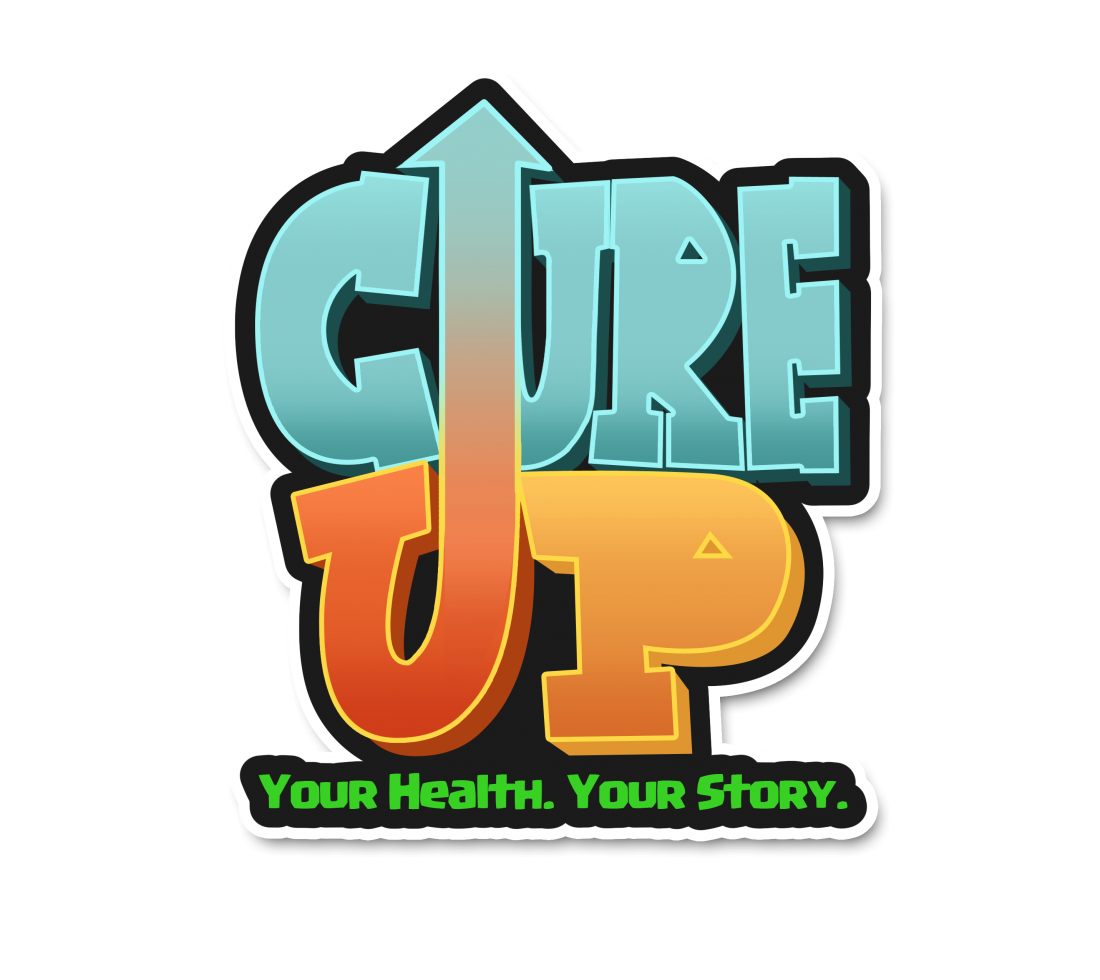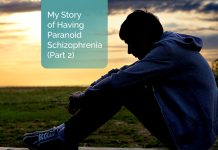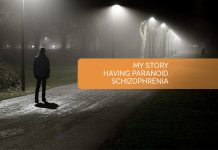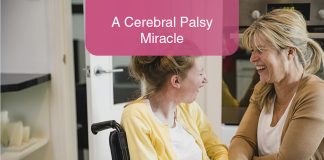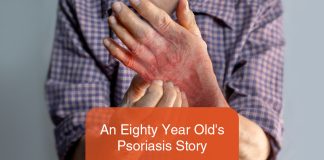According to data from the National Alliance of Mental Illnesses (NAMI), about 0.3% of the U.S. population is a victim of the so-called schizoaffective disorder, a pathology in which symptoms of schizophrenia and bipolarity are manifested.
This mental illness, characterized by the deterioration of perception or expression of reality, appears mostly during early adulthood, affecting women and men equally, although the latter tend to develop it at earlier ages.
Schizoaffective disorder is characterized by auditory hallucinations, paranoid delusions, disorganized speech and thinking, depression, hyperactivity, social and occupational dysfunction.
Until now, its origin is unknown but specialists are inclined to think that it is a combination of factors, including genetics, since it is a condition that tends to be hereditary; the alteration of brain chemicals and their structure; the impact of stressful events, such as death, the end of a marriage or the loss of a job; and drug use.
It is not uncommon for a person to be diagnosed with schizophrenia or bipolar disorder, primarily for a long time, before making a diagnosis of schizoaffective disorder. Therefore, it can be concluded that a poor psychiatric diagnosis is not uncommon, causing uncertainty and confusion for the patient.
How is a schizoaffective disorder diagnosed?
Your doctor will perform a psychiatric evaluation. Your doctor will ask if you have once been through any psychological trauma like sexual, physical or perhaps mental abuse; and you will also be asked if you had the necessary care when it was needed. Your doctor will also ask you if you feel like hurting anyone, killing anyone, assaulting yourself and you will be asked if you have a history of drug abuse or alcohol. He or she will also ask you about your hobbies and goals, the people who support you, and your impressions of your treatment. The answers you give to these questions will help doctors plan your treatment.
What are the signs and symptoms of schizoaffective disorder?
The list of the following symptoms is not an exhaustive list, by any means, but these are the most common symptoms of schizophrenia.
- Delusions: These are misconceptions. You may think that someone is spying on you or that you are a famous person.
- Hallucinations: You see, feel, taste, hear, or smell things that are not real.
- Disorderly thinking and speaking: He moves from one topic to another when he talks, without it making sense. You may make up words or sounds.
- Negative symptoms: These include lack of expression, eye contact, and words. You may not be able to begin and continue with a planned activity. You may show little interest in work or social activities.
- Depression: You feel depressed most or most of the day. You may gain or lose weight, have trouble sleeping and concentrating. You may feel hopeless and have suicidal thoughts.
- Manic behavior: These are periods with a higher degree of self-esteem and energy in which you sleep little or no sleep. He or she may talk more than usual. You may think about very high speeds or be easily distracted. You may show more interest in social activities.

Some of the treatments available for schizoaffective disorder are listed below:
- Individual Psychotherapy
The first-line treatment is psychotherapy, the type used for this disorder is supportive, client-centered, and not directive. This is because individuals with schizoaffective disorder need a warm, positive, change-oriented environment to explore their environment and feel stable and secure. Problem-solving techniques can also be taught and help develop coping skills. This will allow the patient to become more functional in daily life and acquire more social skills. In addition, interpersonal skills can be developed, which is often one of the family’s concerns.
- Family-Oriented Psychotherapy
In addition to individual therapy, a family-oriented approach can also be implemented. This modality consists of psychoeducation sessions for the family group.
- Group Therapy
Group therapy can also be of great benefit in the treatment plan of these people. This modality consists of working on general interpersonal relations issues, everyday problems, work or study issues and other specific issues.
- ACT
Acceptance and Engagement Therapy (ACT) based on mindfulness has been applied to several conditions including depression and psychosis. Its main objective is not to reduce psychotic symptoms, but to reduce the patient’s suffering by strengthening his or her ability to tolerate these symptoms. Broadly speaking, this is achieved by increasing awareness and acceptance of the presence of these symptoms (read more about ACT here). The patient’s concentration on the symptoms is then reduced (taking power away from the impact of the symptoms) to direct it to the values that are important to the patient. The ACT uses interventions that promote defusion (reduce the impact of language), acceptance, flexible perspective, contact with the present moment, clarification of values and action committed to those values.
Because social and work problems are common in this disorder, the patient often relies on the help of family or close friends and family for treatment. It is important that family members provide a support network and can participate in family-oriented therapies to learn more about the disorder and how to help improve the quality of life of the affected person.
What medications are used to treat schizoaffective disorder?
- Antipsychotics: these medications help relieve psychotic severe agitation or symptoms. You are likely going to need medications for Parkinson’s disease to control muscle spasms, agitation as a result of antipsychotic medications and stiffness.
- Anxiety Medications: These medications are given to help you reduce the level of anxiety and also help you feel more relaxed and calmer.
- Antidepressants: Help relieve or stop symptoms of depression, anxiety, and behavior problems.
- Mood Stabilizers: Control mood swings.
- Anticonvulsants: Control seizures, decrease violent behavior, and control mood swings.
- Blood Pressure Medications: These may be used to decrease motor tics (involuntary movements). They may also help you feel calmer, less irritable, and concentrate better.
- Anticholinergics: Relieve the side effects of other medications.
Source: nami.org
